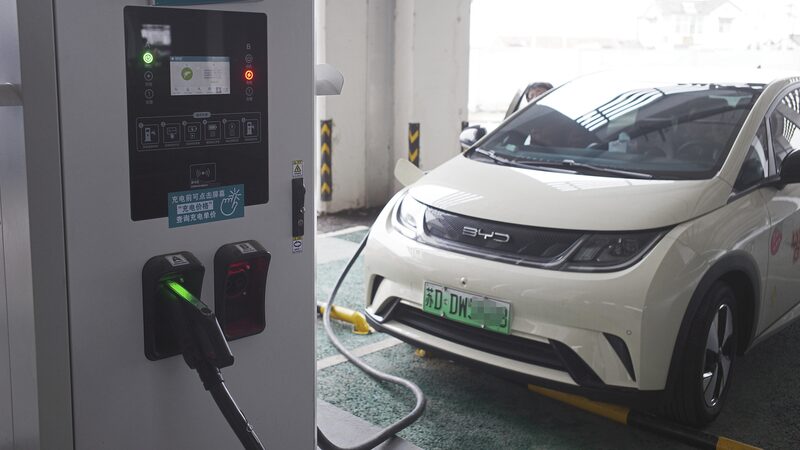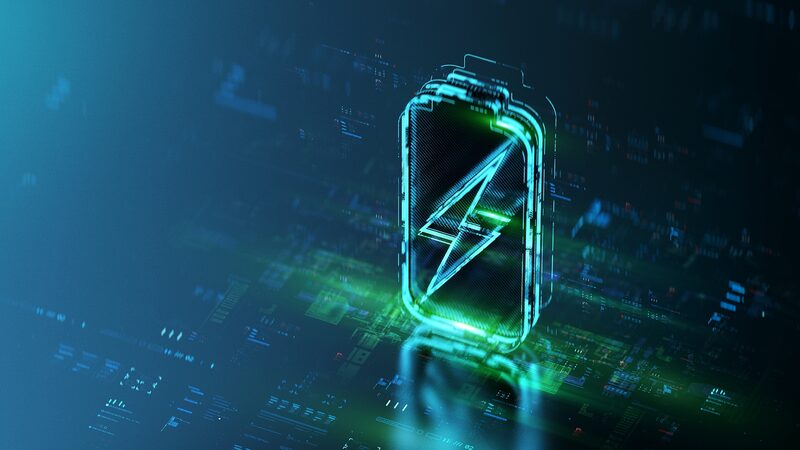Hold onto your lab goggles, science fans! 🔬 Portable nuclear batteries – a tech idea that sounds ripped from a Marvel movie – are becoming less fiction and more reality. But before you imagine charging your phone with uranium, let’s unpack this atomic rollercoaster.
From WWI Tragedy to Space Age Triumph
The concept dates back to 1912, when physicist Henry Molesey (whose genius Isaac Asimov called a bigger loss than WWI itself) created the first atomic battery using radium. Think of it like a tiny, chill cousin of nuclear reactors – it harnesses beta particles without chain reactions 💥→🔋.
Cold War Dreams & Cosmic Power-Ups
After WWII supercharged atomic research, the 1950s saw wild experiments: nuclear car engines, pacemakers (!), and even hearing aids. While safety fears grounded many ideas, these batteries found their true calling in space tech 🚀. Why? They can outlast your TikTok addiction – we’re talking decades of juice for satellites and Mars rovers!
The Hurdle Ahead
Scientists are now working to shrink these powerhouses for everyday use. The catch? Making them both safe and affordable. But with recent breakthroughs (and lessons from decades of space missions), that “small problem” might not stay radioactive for long. 🔄⚡
Could your next phone charger glow? Not yet… but stay tuned! 🌐🔭
Reference(s):
Portable nuclear batteries? We're closer, but there's a small problem
cgtn.com






